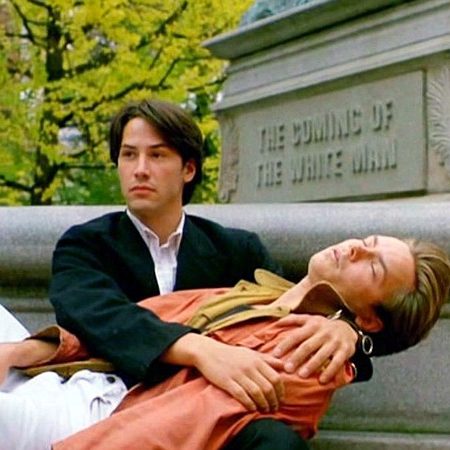No one in twentieth century cinema wore costumes with the panache of Marlene Dietrich, and no one photographed a person, men and women, in costume as fetchingly as Joseph von Sternberg. Thanks to Criterion’s Dietrich & von Sternberg in Hollywood, viewers can watch the six films in which von Sternberg turned the German born chanteuse into an icon who never ossified into a public monument: her wit, vitality, and irony blew away the Norma Shearers and Ruth Chattertons making the transition into sound (but not Garbo or Stanwyck). These 2K or 4K digital restorations prove revelatory; it’s possible the films didn’t look this crisp in the 1930s.
I’ve seen Morocco, Shanghai Express, and The Scarlet Empress, the zeniths of the Von Sternberg-Dietrich collaborations. I can’t wait to watch them again, particularly Shanghai Express. But I want to concentrate on 1935’s The Devil is a Woman, not the looniest of the six but the most emblematic, for its box office failure spooked Paramount and showed von Sternberg that audiences had become accustomed to a more loquacious cinema. It’s also possible that audiences thought The Devil is a Woman more ponderous cinema too. Although it has its defenders, the film’s uneven pacing can’t support its rickety plot: best friends Cesar Romero and Lionel Atvill, a revolutionary and Civil Guard captain, respectively, as the corners of a love triangle involving Dietrich, playing a cigarette factory girl named, of course, Conchita Perez.
To watch a von Sternberg picture for sense is to risk stepping on a rake, however. What impresses about The Devil is a Woman is the director’s breathtaking command of form. His camera glides, a silent predator, as Concha, after performing “Three Sweethearts Have I,” takes her bows to the galley, ascends to the balcony. Popping balloons serve as a leitmotif, an example of Romero’s rakishness (he loves using a slingshot) and as a symbol of Concha’s effect on these pompous men. A master of the incongruous dissolve, von Sternberg relishes seguing from crowds and balloons to Dietrich’s face, a living, puckered zinger. To von Sternberg, decor and costumes aren’t secondary — they’re the point of his films, often the subjects. As Dietrich’s Concha discards one costume for another, a tension emerges between their increasing absurdity and her self-mocking demeanor. It isn’t exactly that Atvill and Romero aren’t up to Dietrich (although in Atvill’s case, given his pompous, stiff playing of a pompous, stiff man, perhaps) so much as von Sternberg saw romantic imbroglios as fragments in larger elaborate patterns of visual extravagance; the audience was supposed to revel in the total conception, not root for this or that person. For von Sternberg, Andrew Sarris wrote, “sex is less the hard currency of politics than its shaping spirit.” Yet Dietrich got the bon mots. Howard Hawks, not often acknowledged for the subtlety of his framing, would later work with von Sternberg favorite Jules Furthman, screenwriter of Morocco and Shanghai Express, but not, alas, The Devi is a Woman, written by, of all people, John Dos Passos.
As a couple of the terrific essays printed in the booklet remark, critics sniffed at the von Sternberg-Dietrich corpus as the half decade in which they made their impact receded. In Notes on “Camp,” — note the scare quotes — Susan Sontag situates these films as Exhibit A. “The hallmark of Camp is the spirit of extravagance. Camp is a woman walking around in a dress made of three million feathers,” Sontag wrote. “The hallmark of Camp is the spirit of extravagance. Camp is a woman walking around in a dress made of three million feathers.” Explaining the striations of a popular culture from which she felt an increasing alienation, Sontag writes like a lepidopterist fascinated that a certain tint on a wing hasn’t been eliminated from a species. But Von Sternberg’s idea of cinema has. Criterion reminds cineastes of what we’ve lost.

